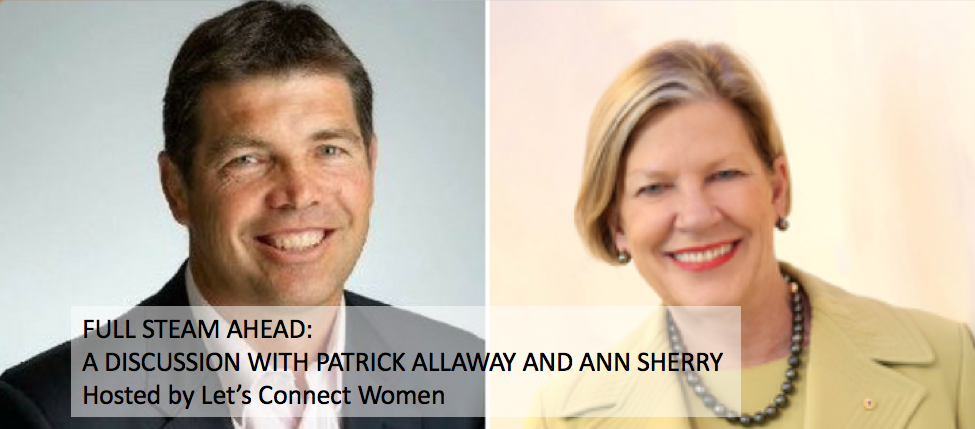
4 ideas to make structured thinking skills stick
Structured thinking skills are powerful tools for creating clarity in problem solving and cut through in communication.
Getting the most from these techniques requires a bit of discipline, though, as well as a simple strategy.
Here are four elements of such a strategy:
- Start small, aim big
- Structure your thinking from the top down
- Use one-pagers early to boost productivity
- Avoid getting sloppy with your logic.
Read on for ways to put these ideas into practice.
Start small, aim big
It is hugely tempting when presented with a new technique to try to swallow it whole.
The productivity and work quality benefits that structured thinking offer are deliciously substantial.
Ideas like this are exciting. Once you have seen someone do it well, you want to do it too.
However, you don't want to fall at the first hurdle. Here are three that I commonly see:
Some people are overwhelmed by the volume of things to know, which makes it too hard to get started.
Others try to implement all of the structured thinking techniques at once and find that the extra time commitment is too great in that moment.
Yet more hold back on trying them until they have a substantial piece of work … by which time they have forgotten how it works.
Experience tells me that starting small will get you further faster, even if it doesn't feel like it. Here are three ideas to get you started:
- Set aside 30 minutes each week to focus on getting better at using these techniques: Intriguingly, 4pm on Monday works for a lot of people.
- Focus every small piece of communication you prepare on the audience's concerns, not yours.
- Make sure every email QUICKLY explains what you are discussing and why you are discussing it before you deliver your one single, main message, or governing idea.
Structure your thinking from the top down
Significant benefits come from seemingly simple things. In this case, I mean identifying the right issue to discuss or problem to solve.
Once that is clear, it is, of course, much easier to solve it. This is hard to do when work is intense and you are being pulled in many directions.
I ask you to consider, though, WHY you are being pulled in so many directions? Could it be that too many things you and your colleagues are working on are ill-defined?
Untangling habits like this is hard. It requires you to add more work on top of what might already seem like an unsurmountable load. But, it's worth it.
Trust your instincts:
- if you can't define the problem you are solving and why you are solving it in a single sentence, stop until you can.
- If you can't explain your main message in less than 25 words: you got it. Stop until you can. If this feels painful, ask yourself how much rework would be involved if you don't. Would you be answering calls to explain yourself verbally? Would you be chasing people to act? Would the thing you need to happen simply not happen?
Establishing some conceptually simple habits and sticking to them will help you gradually declutter your work.
This, in turn, will give you more time to structure your thinking and create a positive flywheel effect for you and your team.
As a side-note, bottom-up thinking is also essential. It is just faster and less wasteful to do it after you have confirmed the right place to do it.
This makes your work more focused and effective. It avoids you doing what my McKinsey colleagues once called ‘boiling the ocean'.
Use one-pagers early to boost productivity
Everybody hates unnecessary rework. It is demoralising, frustratingly unproductive and slows down decision making.
I commonly see teams reworking large documents 10 – 12 times before a management team will sign them off. We have occasionally heard of teams reworking documents more than 50 times before a decision is made. Crazy, but true.
However, introducing some simple disciplines around highly structured one-pagers can radically reduce this frustration.
A critical hack is to involve decision makers early in the process by doing these two things:
- Ask for feedback on problems mapped as issue trees first. Then invest in solving it, rather than afterwards when they realise they are focusing on the wrong problem.
- Discuss a structured one-page skeleton rather than a fully prepared document. This helps your stakeholders find the big picture quickly and saves you also. No longer must you create pages and pages of prose or PowerPoint slides that you junk as they are no longer relevant when the messaging evolves.
My new book, Elevate, takes this idea further. It offers a framework for embedding structured thinking skills into your team's day-to-day work.
Avoid getting sloppy with your logic
Structured thinking requires both habit and skill. It helps you create greater clarity for yourself and for your stakeholders.
However, it will not do this if you let go of the rules that underpin smart thinking.
So, hold yourself to account in using our checklists and other tools to ensure you do not get sloppy with your logic (and your results).
I am sure you saw what I did there logically?
I offer many free and paid opportunities for you to build your structured thinking skills.
A great place to start is my 10 minutes to better emails course, or to explore my new books, Elevate and Engage.
If you want to sharpen up your existing structured thinking skills, explore my Clarity Hub. It offers monthly masterclasses and a range of other tools.
Equally, my Clarity in Problem Solving course helps you better use issue trees, work plans and other classic consulting tools.
Keywords: leadership, leadership communication

PRESENTED BY DAVINA STANLEY
I love what I do.
I help senior leaders and their teams prepare high-quality papers and presentations in a fraction of the time.
This involves 'nailing' the message that will quickly engage decision makers in the required outcome.
I leverage 25+ years' experience including
- learning structured thinking techniques at McKinsey in Hong Kong in the mid 1990s before coaching and training their teams globally as a freelancer for a further 15 years
- being approved to teach the Pyramid Principle by Barbara Minto in 2009
- helping CEOs, C-suite leaders and their reports deeply understand their stakeholder needs and communicate accordingly
- seeing leaders cut the number of times they review major papers by ~30% and teams cut the amount of time they take to prepare major papers by ~20%*
- watching senior meetings focus on substantive discussions and better decisions rather than trying to clarify the issue
My approach helps anyone who needs to engage senior leaders and Boards.
Recent clients include 7Eleven, KPMG, Mercer, Meta, Woolworths.
Learn more at www.clarityfirstprogram.com
(*) Numbers are based on 2023 client benchmarking results.
























